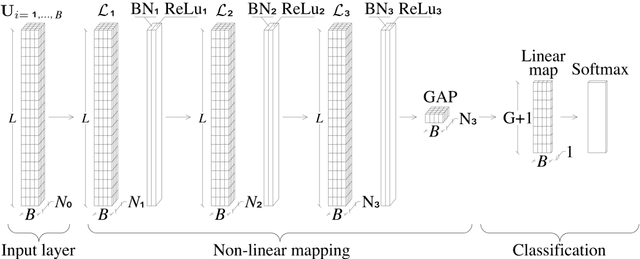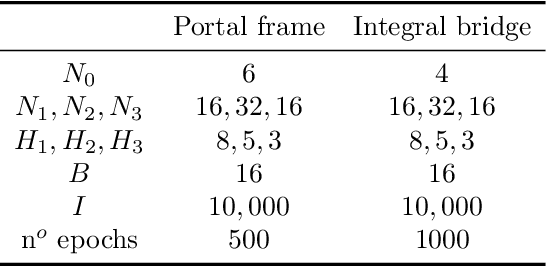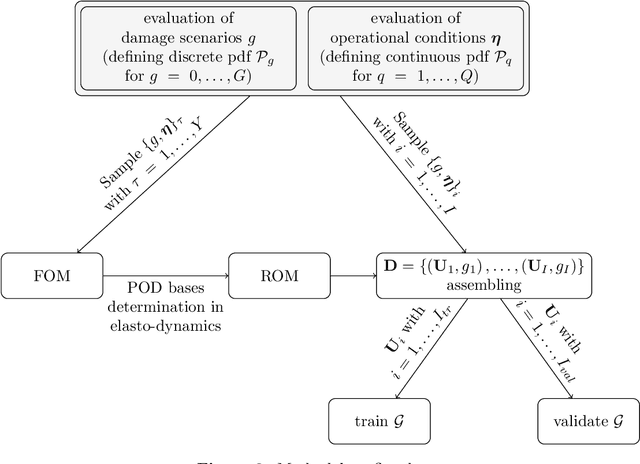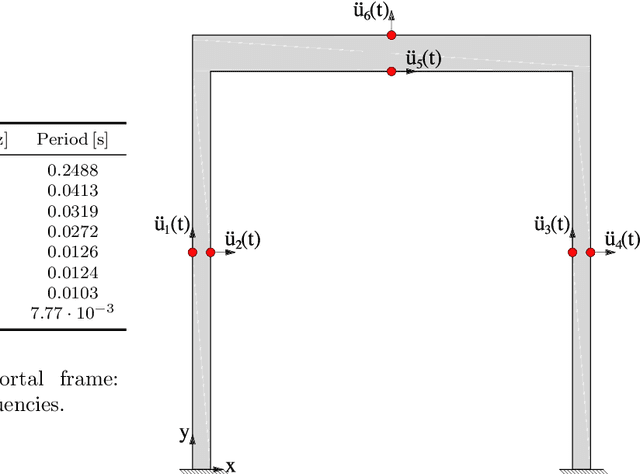Matteo Torzoni
A digital twin framework for civil engineering structures
Aug 02, 2023



Abstract:The digital twin concept represents an appealing opportunity to advance condition-based and predictive maintenance paradigms for civil engineering systems, thus allowing reduced lifecycle costs, increased system safety, and increased system availability. This work proposes a predictive digital twin approach to the health monitoring, maintenance, and management planning of civil engineering structures. The asset-twin coupled dynamical system is encoded employing a probabilistic graphical model, which allows all relevant sources of uncertainty to be taken into account. In particular, the time-repeating observations-to-decisions flow is modeled using a dynamic Bayesian network. Real-time structural health diagnostics are provided by assimilating sensed data with deep learning models. The digital twin state is continually updated in a sequential Bayesian inference fashion. This is then exploited to inform the optimal planning of maintenance and management actions within a dynamic decision-making framework. A preliminary offline phase involves the population of training datasets through a reduced-order numerical model and the computation of a health-dependent control policy. The strategy is assessed on two synthetic case studies, involving a cantilever beam and a railway bridge, demonstrating the dynamic decision-making capabilities of health-aware digital twins.
Online structural health monitoring by model order reduction and deep learning algorithms
Mar 26, 2021



Abstract:Within a structural health monitoring (SHM) framework, we propose a simulation-based classification strategy to move towards online damage localization. The procedure combines parametric Model Order Reduction (MOR) techniques and Fully Convolutional Networks (FCNs) to analyze raw vibration measurements recorded on the monitored structure. First, a dataset of possible structural responses under varying operational conditions is built through a physics-based model, allowing for a finite set of predefined damage scenarios. Then, the dataset is used for the offline training of the FCN. Because of the extremely large number of model evaluations required by the dataset construction, MOR techniques are employed to reduce the computational burden. The trained classifier is shown to be able to map unseen vibrational recordings, e.g. collected on-the-fly from sensors placed on the structure, to the actual damage state, thus providing information concerning the presence and also the location of damage. The proposed strategy has been validated by means of two case studies, concerning a 2D portal frame and a 3D portal frame railway bridge; MOR techniques have allowed us to respectively speed up the analyses about 30 and 420 times. For both the case studies, after training the classifier has attained an accuracy greater than 85%.
 Add to Chrome
Add to Chrome Add to Firefox
Add to Firefox Add to Edge
Add to Edge